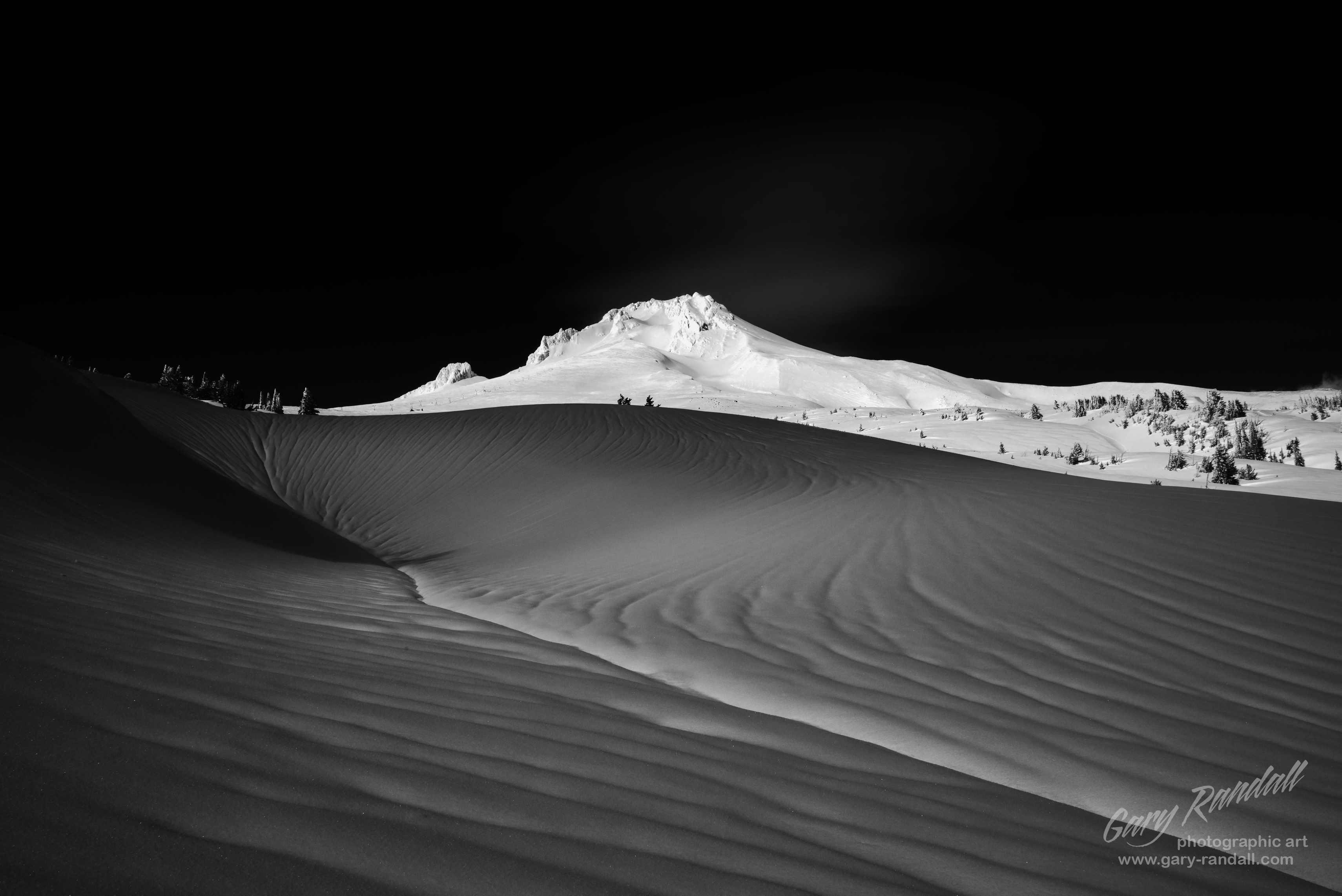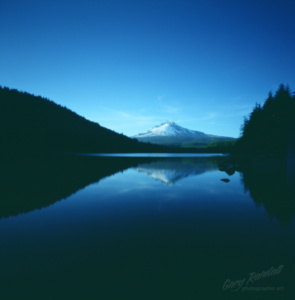
Mountain Times August Edition – I remember getting my first camera, a Brownie Hawkeye box camera. It used medium format 620 roll film. I wasn’t much more than six at the time and a roll of 12 exposure black and white film was a luxury especially considering that after the photos were carefully taken, you didn’t want to waste a shot, it was sent to the drugstore to be developed. That was where the mystery happened. All I knew was that I had to wait about a week for the photos to be returned to me in their colorful envelope complete with their negatives. Opening up the envelope, I had two things on my mind. Did they turn out and what the heck did I take photos of? It was like opening a gift.
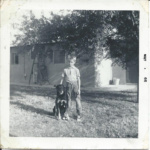
As time went on I grew up, transitioned to 35mm film and dabbled in the mysterious darkroom processes as a hobby. I would photograph in black and white and develop the photos myself. At the same time I was still shooting rolls of color film and sending it to the drugstore to be developed, but I was starting to understand how the best photos were made. I learned how photographers who were considered artists made their photographs.
I learned about tools and methods that were used to balance the tonality of the photo. The most notable may be Ansel Adams and his zone system that, in simple terms, used a system to balance the brightness and darkness of areas in the photo using methods such as “dodging” and “burning”, which used a small light to expose more or a paddle to block light to underexpose areas. I realized that the mystery could be affected.
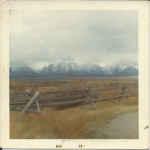
I enjoyed playing in the darkroom, but I’ll admit that I probably would have preferred doing the same process with the light on. Not everyone is interested in learning the complexities involved in the chemicals and mathematical formulae to develop film photos. Welcome to the 21st Century and digital technology.
I think that it’s finally safe to say that digital photography has developed, no pun intended, in the last 15 years to rival and in many ways surpass film as the chosen imaging choice with both hobby and professional photographers. Both the cameras and digital imaging computer software can now replicate quite effectively the mystery of analog darkroom film processes. It’s quite easy for those who prefer to develop their own photos to pull up to their computer, download their photos, start a program and process their photos chemical free all while enjoying a nice tasty beverage of their choice.
The digital single lens reflex cameras that have replaced their film counterparts create what is called a RAW file which can be considered a digital negative because it can be developed with software and saved as a finished photo file but can always be returned to in the future, reset and redeveloped into a new photo. With so many popular programs available a RAW file gives the photographer the ability to apply the digital equivalent of traditional darkroom developing to their photos and a lot more. The photo can then be sent to a company who can print your image as a frameable ink and fine paper print or on metal or a canvas print, dare I say coffee cups, t-shirts or even your own self published book?
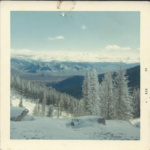
On the other hand, for those who still have the simple need to “make snapshots and take the film to the drugstore” in the digital age, you’re covered as well. Each camera can make jpeg (.jpg) files developed automatically with presets within the camera’s onboard software. You can choose one of several “image effects” or styles such as Standard, Neutral, Vivid, Portrait, Landscape as well as the ability for you to set and save your own custom effect. This allows you to set your preferred style, take your photos, connect your camera to your printer and just print your own photos. You can even set your camera to make black and white photos. Digital technology and the software included with the camera make it all very simple.
Couple this all with how we use our camera phones and you can see how, in this day and age, digital photography has become so popular. When I was a boy my enthusiasm for photography was limited to twelve photos in a matter of a month or maybe two. Today the sky’s the limit when it comes to how many photos one can make, and we no longer must wait a week for the drugstore to let us know if we failed. It is adaptable to all levels of skill or interest, from snapshots to fine art photography.
Today everyone is a photographer. It has been computed that one trillion photos will be made this year alone. Like I always say, “Film’s cheap when you’re shooting digital.”

